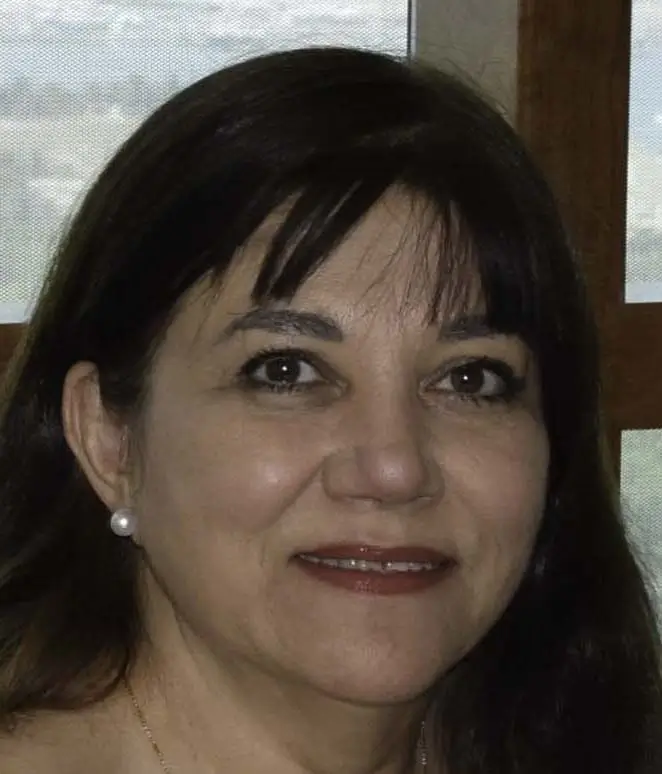I was born in Tehran, Iran and studied in England where I obtained a Journalism Diploma, and later in France, where I obtained a B.A. in History and a B.A in English.
I started my photography career in 1986 with my first assigned in the Atlas Mountains in Morocco. My work has been mainly on the Middle East and ex- Soviet Union countries. I started working on various assignments in Armenia since 1989 and continue to do so up to this day.
In 1989, a year after the earthquake in Armenia, I went there for the first time. I am Armenian born and raised in Iran. Setting foot on the land of my ancestors for the first time brought great emotion for me. Since that first trip to Armenia and the deep connection I felt with the people and the land, I have continued to make regular trips to all corners of Armenia and Artsakh, depicting the lives of my fellow Armenians. In 1989-1990, I made my first trip to Artsakh (Nagorno-Karabakh) and photographed the first Nagorno-Karabakh conflict; I was one of the few photojournalists who managed to travel to the village of Getashen and the villages of the Shahumyan/Shahoumyan region (northern Artsakh) just before Operation Ring in 1991. I continued to travel across Armenia for decades and my humanitarian photo stories have been widely published in magazines and newspapers around the world, such as Los Angeles Times (USA), Washington Post, Newsweek, Le Monde, Peuples du Monde, Libération, L 'Express, Révolution (France), Photo Reporter, France - USSR, UN Multimedia, Foto Pratica (Italy), l'Autre Journal, Marie Claire (Italy), Pop Eye (Japan), Asahi Graph (Japan), Asahi Magazine ( Japan), AIM (USA), Photography (England), etc.
In 1997 I decided to go to Armenia and stay there for one year in order to have a more profound understanding of their lifestyle and customs. That period was one of the most enriching and interesting experiences of my life…
During the past thirty years I has been documenting the life of Armenians in Armenia, in Karabagh as well as in the Middle East and around the world.
I held several exhibitions in France in Portugal and in the United States. In 1990, the prestigious French Newspaper “Le Monde” organized a solo photo exhibition of my work in its halls in Paris.
I currently work as a freelance documentary photo-journalist but also collaborate with “Les Nouvelles d’Armenie Magazine”, an Armenian magazine published in France.
I am working on having a photo book published of my work on Armenia and Artsakh (Karabagh).
I started travelling to Armenia since 1989. I am of Armenian origin (born in Iran) and have continued to travel there on regular basis depicting the lives of Armenians. I travelled to Artsakh (H. Karabagh) several times starting in 1990 and covered the first conflict with Azerbaijan which ended in 1994. During my travels to Artsakh I also photographed moments of their daily lives.
